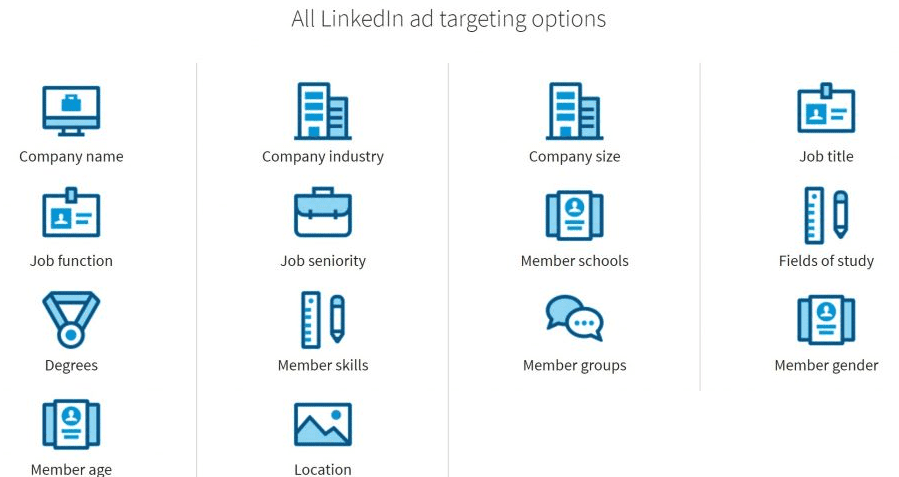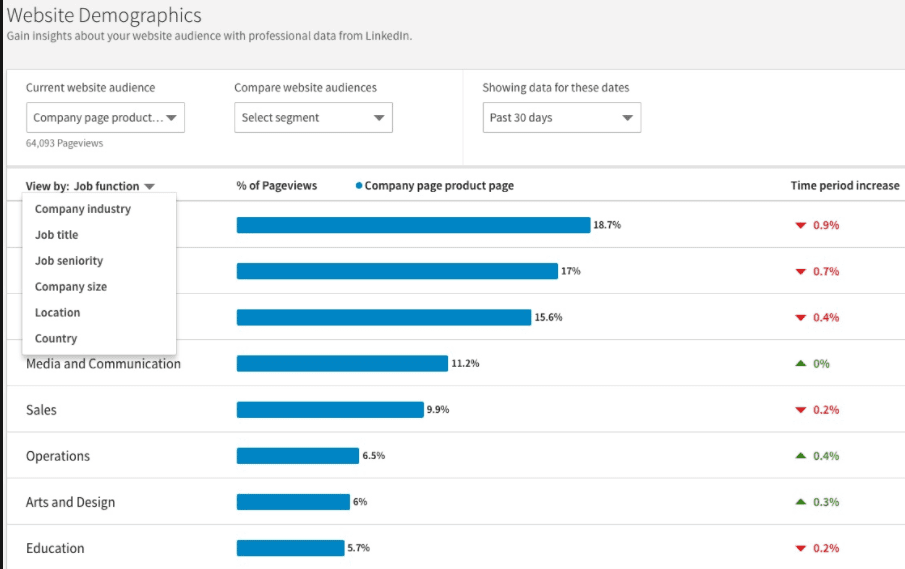Social media advertising is exploding. According to one report, spending is up 60 percent over 2016 across all categories of advertisers. Why? Well, for one thing, people spend more than two hours per day worldwide on social media. If you’re not on the social media advertising bandwagon yet, consider these numbers about Facebook alone:
- 68 percent of all U.S. adults are use Facebook (Pew Research)
- 75 percent of male and 83 percent of female internet users are on Facebook (Pew Research)
- In 2015, Facebook influenced 52 percent of consumers’ online and offline purchases, up from 36 percent in 2014 (The Drum)
- Facebook advertising spending is growing by 32.1 percent (eMarketer)
Facebook is the giant of the social media world, with more than double the active users of its rivals Twitter (24 percent), Pinterest (31 percent), Instagram (32 percent) or LinkedIn (29 percent).
Social Advertising is All About Targeting
This is not to say that Facebook should be the only channel companies use for advertising. Social media advertising has grown because of the extraordinary targeting opportunities it offers. While some social networks may be smaller, they may offer larger clusters of a specific target audience than Facebook alone offers. For example, LinkedIn is primarily used by businesses, and can be a valuable advertising platform for B2B companies that want to target specific types of businesses. Instagram is ideal for photo-intensive products and businesses, and Twitter has evolved into a powerful media channel.
Giving Shoppers What They Want
The targeting capabilities of social media advertising make it increasingly possible to give people offers for products and services just when they want them. According to Google, 78 percent of shoppers said they welcome ads that are relevant to their interests. The keys to success is social media advertising are relevance and personalization. Ads need to be relevant to shoppers’ desires and should not appear anonymous or distributed en mass.
As the largest social media network, Facebook also has the most filtering categories for ad targeting. In addition to the traditional age, gender, location, income, and occupation, you can target people based on brands they like, products they own, their birthdays and anniversaries, hobbies, food preferences, charities they support, political affiliation and hundreds of other criteria. You can also deliver ads based on the time of day. A few categories are shown below.
 On LinkedIn, you can offer ads to people based on their job title, job function, company name, industry, company size, location, groups they’ve joined and more. LinkedIn filtering categories are shown below.
On LinkedIn, you can offer ads to people based on their job title, job function, company name, industry, company size, location, groups they’ve joined and more. LinkedIn filtering categories are shown below.

Lookalike Audiences
You can also use social advertising platforms to find more people and businesses with the same attributes of your ideal customers (buyer personas). You can upload lists of your own contacts and the social network will build a list of people that match these peoples’ jobs, locations, likes, interests, incomes and anything else you believe to be a strong sales signal. This can be a powerful method for expanding your reach into with a higher probability of success.
LinkedIn Website Demographics
LinkedIn has introduced a new feature that makes it possible to discover the LinkedIn profile information of any website visitors that are members of LinkedIn. This means that you can track visitors based on their company name, job function, job title, etc. You install website demographics on your website much like you would install Google Analytics. This can give you richer information about the people who are spending time on your website. You also can use this information to send ads to specific visitors while or after they spend time on your website. A sample of LinkedIn Website Demographics output is below.

The Power of Personalization
Imagine that you’re driving by one of your favorite stores. You follow the store and some of the brands it carries on Facebook. You looked at a pair of shoes on its website a few days ago. It’s early afternoon so the store is open. An ad appears on your phone with a special discount for the pair of shoes you had looked at. This is the kind of personalization and targeting that social media advertising makes possible.





